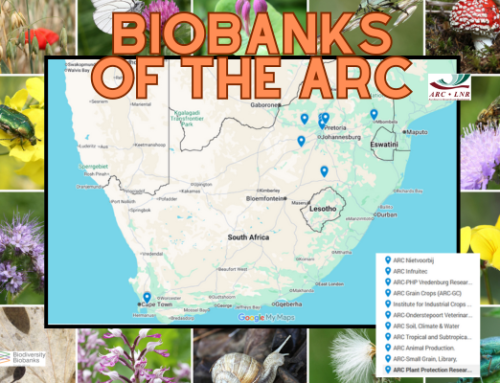Meet The Biobank: SANBI Indigenous Plant DNA Biobank: Saving Our Genetic Heritage
South Africa is a known biodiversity hotspot, boasting over 20 000 indigenous plants of all shapes and sizes and high levels of endemism. That is a lot of plants that need conservation – which is why the Department of Science and Innovation, BBSA and SANBI are establishing a DNA biobank for this precious resource: the BBSA-Indigenous Plant DNA Biobank.
One of the newest additions to the Biodiversity Biobanks South Africa (BBSA) network, the Indigenous Plant DNA Biobank is situated at the SANBI’s National Herbarium in Pretoria. As the name implies, the biobank focuses mainly on indigenous plants – but it also aims to serve as a repository for DNA samples and extracts for microbes and animals.
The team, consisting of biobank curator Dr Mudzuli Mavhunga and Groen-Sebenza Interns, Mpho Mohlokoane and Thobile Dlamini, maintains state-of-the-art facilities and equipment, manages and coordinates the provision of biobank services, accepts and organises new samples, and provides samples to other institutions for research purposes.
It’s a big job. Here’s how they do it….
Want to know more about the BBSA’s member institutions? We’ve got you covered. And while you’re at it, why not learn more about what biobanks are (and aren’t) all about?

What are biodiversity biobanks?
Biodiversity biobanks are repositories of biologically relevant resources, including reproductive tissues such as seeds, eggs and sperm, other tissues including blood, DNA extracts, microbial cultures (active and dormant), and environmental samples containing biological communities….






